USFS Invests $33M to Support Rural Schools & Communities
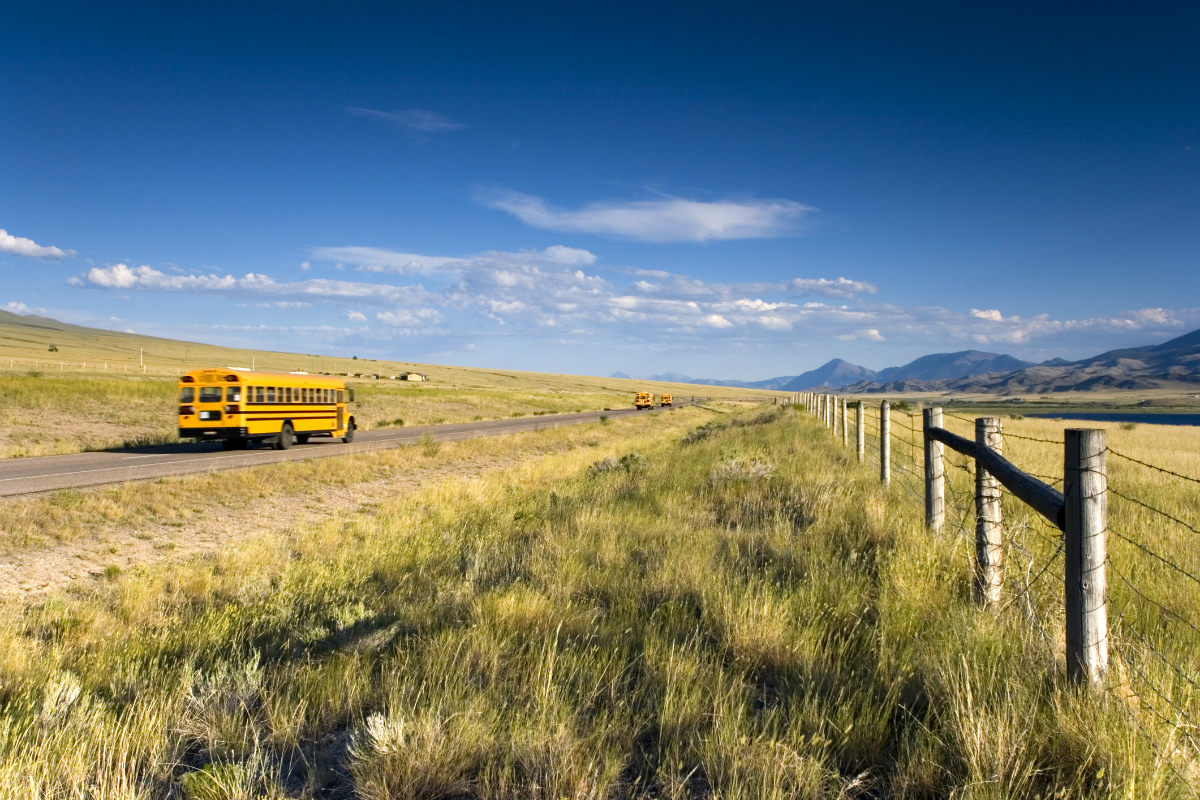
USFS Invests $33M to Support Rural Schools & Communities
On April 12, the U.S. Forest Service announced that California will receive over $33 million of a $232 million package to support public schools, roads and other municipal services through the agency’s Secure Rural Schools program. The funds support crucial public services and pave the way for more jobs. In addition to directly aiding rural schools and roads, funds will reimburse counties for national forest emergency services, and assist in creating community wildfire protection plans.
Two New Films Showcase Paths to Heal CA’s Relationships with Fire and Watersheds
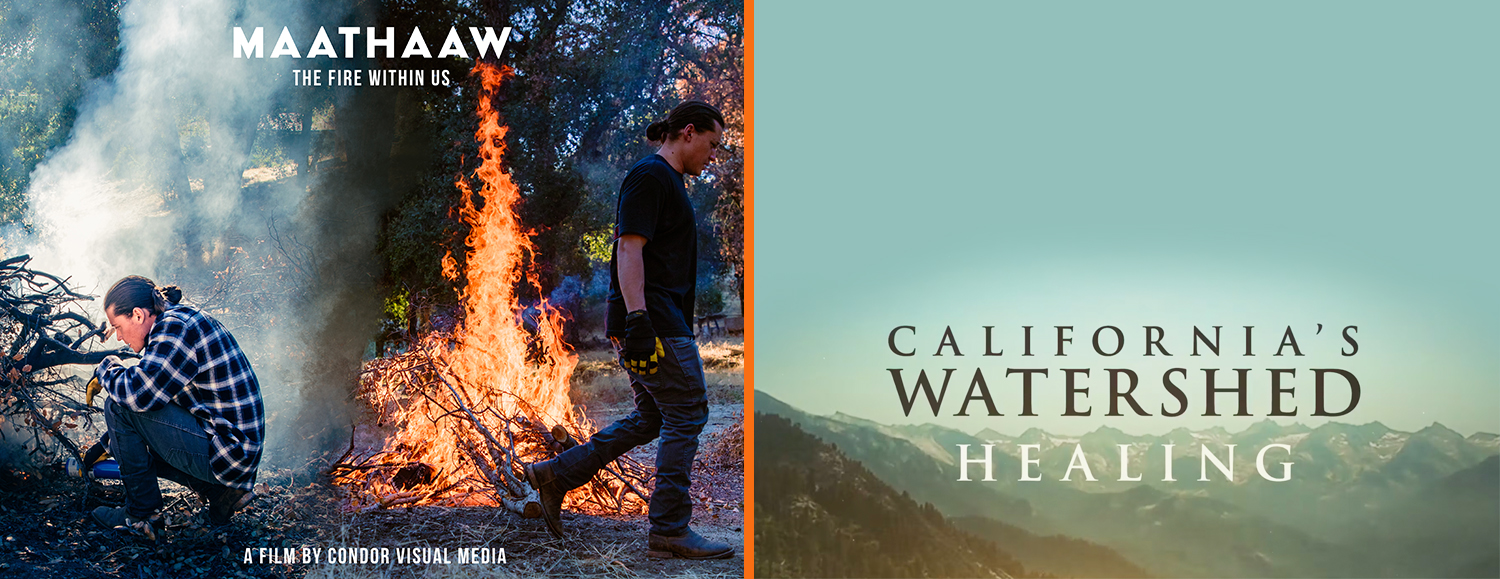
New Films Showcase Paths Forward to Heal California’s Relationships with Fire and Watersheds
MAATHAAW: The Fire Within Us
A powerful, Indigenous-led research documentary created by the Condor Visual Media team with support from the Climate Science Alliance, this film documents the cultural, emotional, and scientific relationships of Southern California Tribes with the gift of fire. The film features cultural practitioners who were part of a panel on Cultural Fire and Indigenous Stewardship at our recent Southern California Task Force meeting. The project is still in production with an anticipated release in Spring 2024. However, you can watch the informative and inspiring 12-minute extended trailer now! Learn more about the project and donate here.
California’s Watershed Healing
Documenting how restoring forests to healthier densities has cascading benefits starting from headwaters to watersheds and ultimately to the state’s water supply, this beautiful film features an array of Task Force partners and makes a compelling case for California to better align goals for forest, wildfire, watershed, and landscape resilience. The full-length film created by UC’s Center for Ecosystem Climate Solutions and the nonprofit Chronicles Group is available to watch here.
USFS Invests $179M to Confront Wildfire Crisis
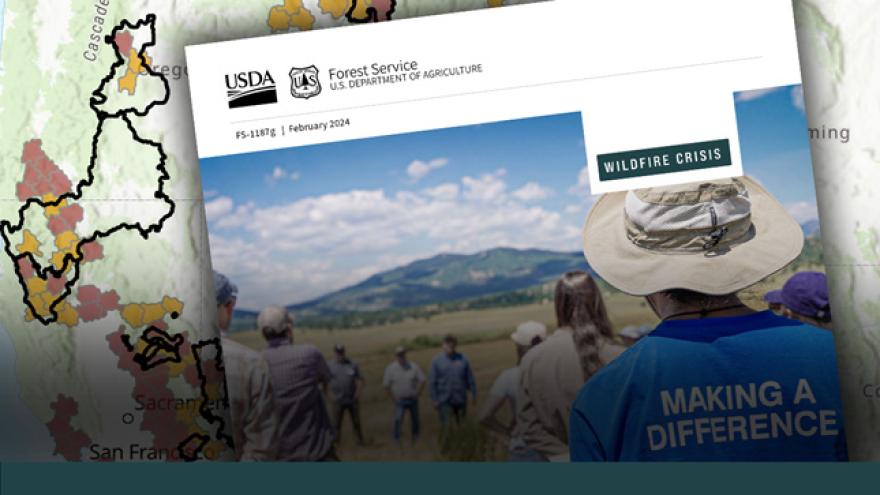
USDA Forest Service Invests Nearly $179 Million for Priority Landscapes in California to Confront Wildfire Crisis
On February 20, the USDA Forest Service announced it will invest nearly $179 million into priority landscapes across California as part of a $500 million national investment to expand work on the Wildfire Crisis Strategy to reduce risk to communities, critical infrastructure, and natural resources from the nation’s ongoing wildfire and climate crisis. This builds on the $2.8 billion already invested by Governor Newsom and California’s Legislature to take proactive actions to reduce catastrophic wildfire risks, protect communities, and restore the health of our landscapes.
“These and other federal investments are vital to match the Governor’s $2.8 billion investment over the last several years. They will also strengthen our partnership with the Forest Service, California’s largest landowner, in taking an ‘all-lands’ approach to improve the health of our forests and the safety of our communities,” said California Wildfire and Forest Resilience Task Force Director, Patrick Wright.
Funding has been designated for the following projects:
| Regional Landscapes | FY24 Allocation |
| Stanislaus | $57,663,352 |
| North Yuba | $16,489,560 |
| Sierra and Elko Fronts (includes CA & NV) | $27,692,340 |
| Klamath River Basin (includes CA & OR) | $36,831,090 |
| Plumas Community Protection | $3,522,500 |
| Southern California | $1,915,000 |
| Trinity | $34,749,886 |
| Total Allocation FY24: | $178,863,728 |
An additional $100 million will be allocated across 24 qualifying states under a new Forest Service program — the Collaborative Wildfire Risk Reduction Program which will expand work in high-risk wildfire areas outside the 21 priority landscapes. The Collaborative Wildfire Risk Reduction Program will use hazardous fuels funds from the Inflation Reduction Act to treat areas in other high-risk wildfire areas where national forests and grasslands meet homes and communities.
Sierra Nevada Conservancy Shares Draft Strategic Plan for Public Comment
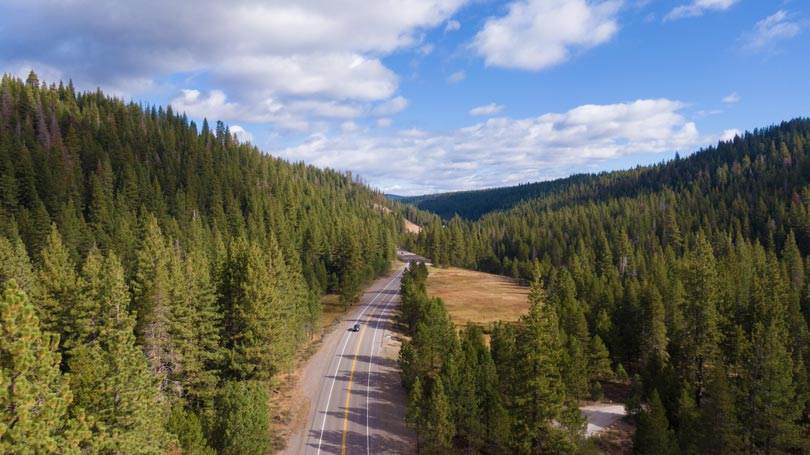
Sierra Nevada Conservancy Shares Draft Strategic Plan for Public Comment
Over the past year, the Sierra Nevada Conservancy (SNC) has been taking stock of the past five years and gathering input from their Board, partners, and the public in order to craft a Strategic Plan for 2024-2029 that will help the SNC best serve the Sierra-Cascade and all of California. Comments on the Draft Strategic Plan can be emailed or delivered in person at SNC’s March 7 Governing Board meeting in Sacramento. Public comment closes Friday, March 8 at 5 PM. After review of public comment, the SNC anticipates that the Board will consider adoption of a 2024-2029 Strategic Plan at its June 2024 meeting.
Planscape Adds All Four CA Regions and Launches Plan Journey
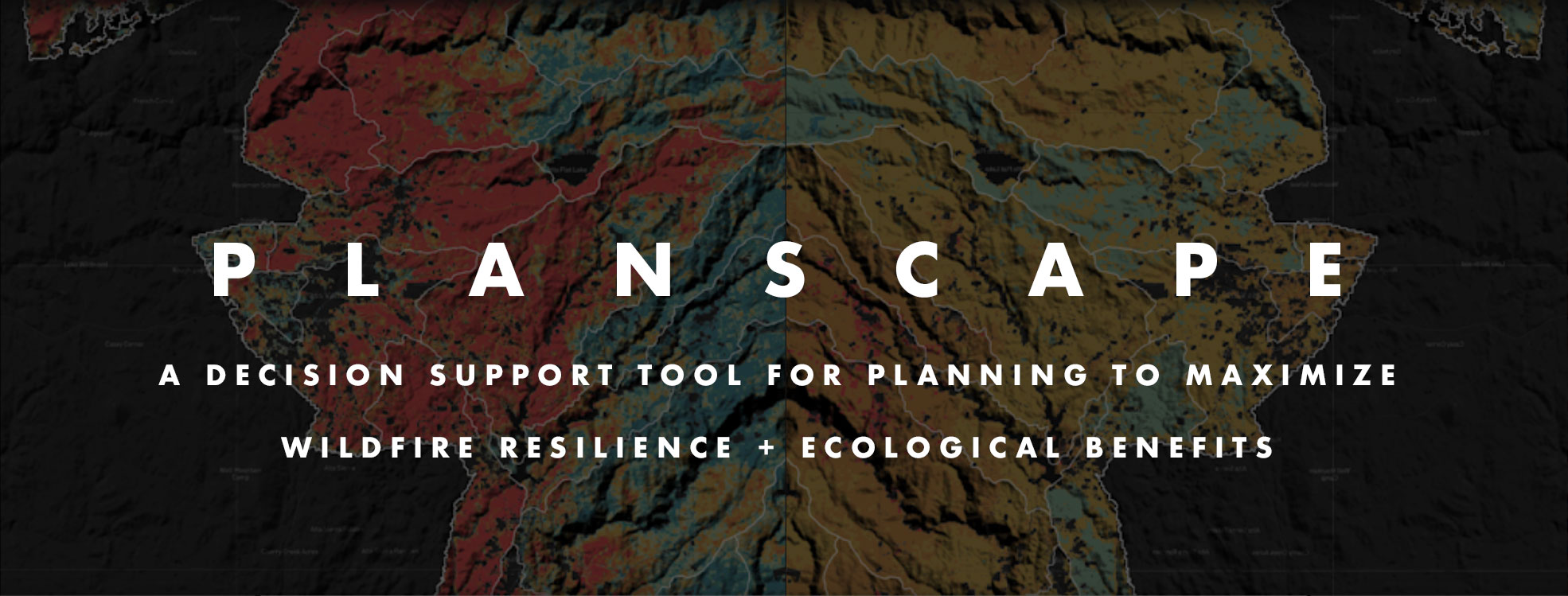
Planscape Adds All Four CA Regions and Launches Plan Journey
Planscape is a free decision support tool built to maximize wildfire resilience and ecological benefits across California. Planscape has expanded its coverage to Northern California and now offers statewide coverage. The recently launched Plan journey helps determine the best locations for land treatment. Planscape is a collaborative effort by the California Natural Resources Agency, the US Forest Service, The University of California, and Spatial Informatics Group (SIG) with support from Google.org.
USFS Advances Commitment to Protect Old-Growth Forests

USFS Advances Commitment to Protect Old-Growth Forests
On December 19, 2023, the USFS published a Notice of Intent to prepare an environmental impact statement for a National Old Growth Amendment in the Federal Register. This would amend all 128 forest land management plans across the country to conserve and restore old-growth forests across the National Forest System to maintain and improve amounts and distributions of old-growth to improve resilience and climate-adaptability of our forests.
USDA Invests More than $48.6 Million to Manage Risks, Combat Climate Change
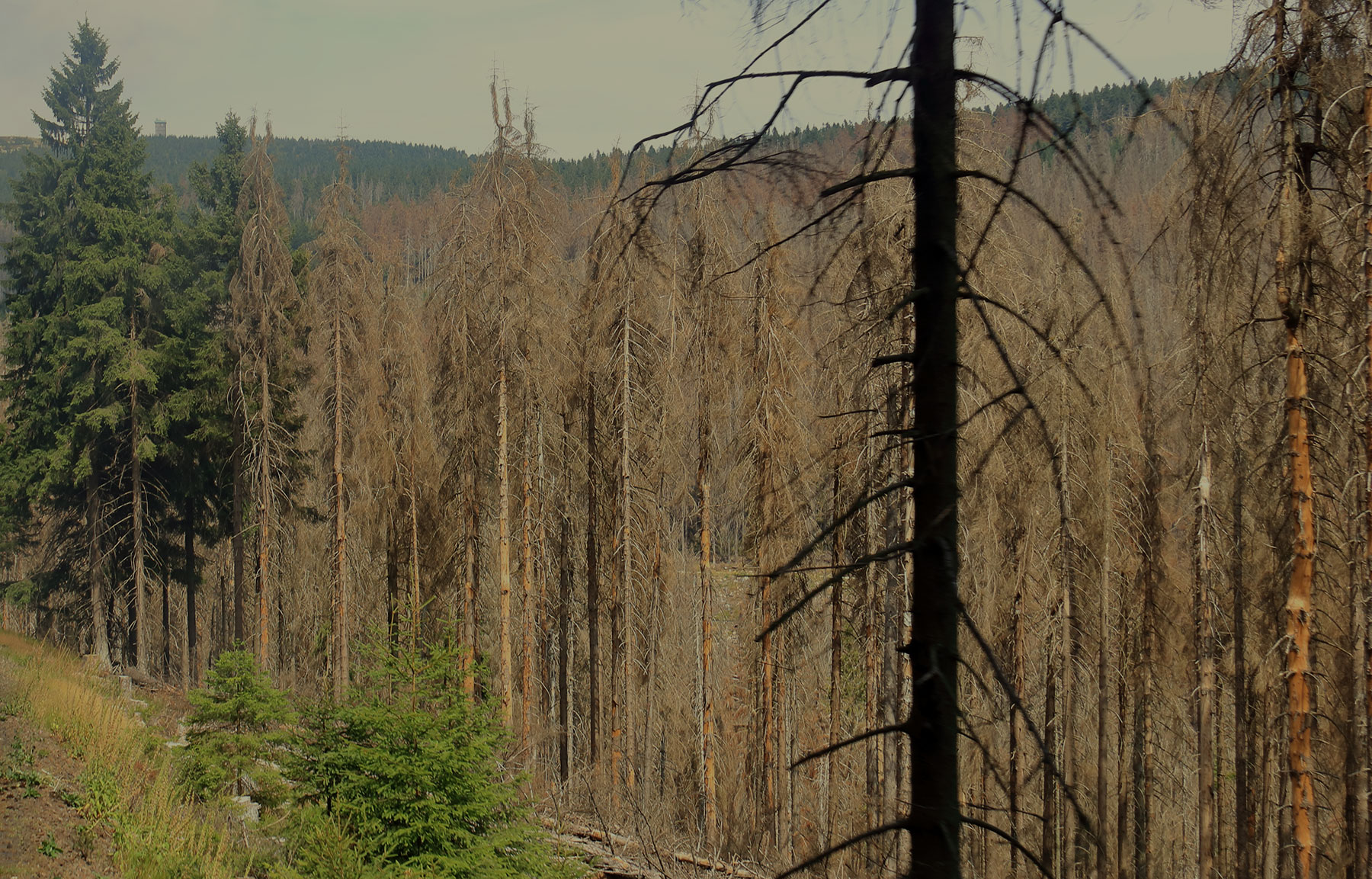
USDA Invests More than $48.6 Million to Manage Risks, Combat Climate Change
USDA will invest more than $48.6 million this year through the Joint Chief’s Landscape Restoration Partnership for 14 projects that mitigate wildfire risk, improve water quality, restore forest ecosystems, and ultimately contribute to USDA’s efforts to combat climate change. Under the Joint Chiefs’ Partnership, the USDA Forest Service (USFS) and Natural Resources Conservation Service (NRCS) co-invest in areas where public forests and grasslands intersect with privately-owned lands. An award of $3.3 million was awarded to a phase three project focused on fire resilience in Trinity County. The project will address high-risk cross-boundary threats by strategically treating forests on both private and national forestlands, and it will address new threats created by 2020 and 2021 wildfires.
USDA Forest Service Announces Major Investments To Reduce CA Wildfire Risk
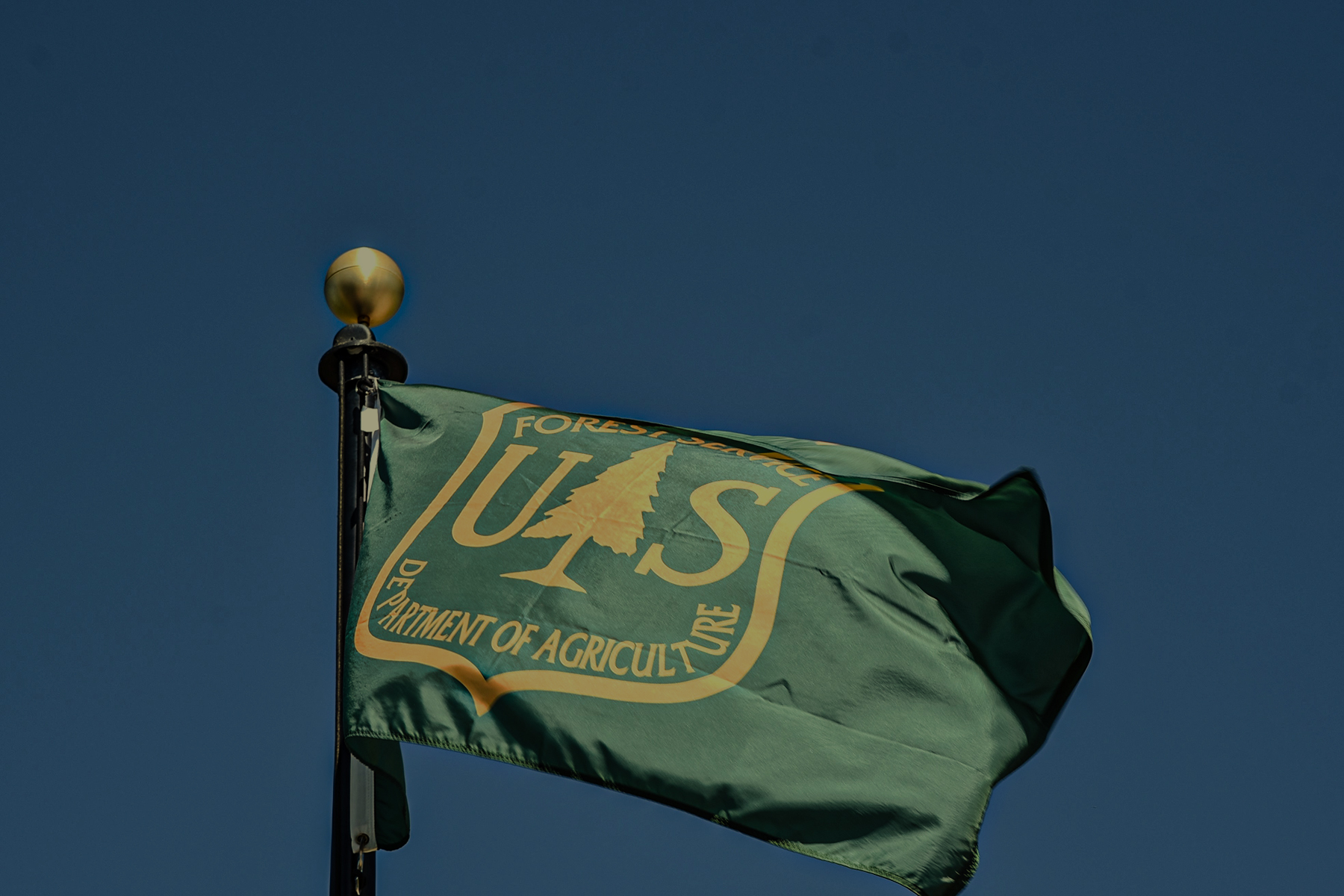
USDA Forest Service Announces Major Investments To Reduce CA Wildfire Risk
New funds offer “big shot in the arm” for Task Force efforts.
In an expanded effort to reduce the risk of catastrophic wildfire through the Forest Service’s Wildfire Crisis Strategy, USDA Forest Service announced an investment of more than $490 million to protect communities, critical infrastructure, and forest resources across the western U.S.
Made possible through President Biden’s landmark Bipartisan Infrastructure Law (BIL) and the Inflation Reduction Act (IRA), the funds will directly protect vulnerable landscapes in Arizona, California, Idaho, Nevada, Oregon, Utah and Washington. Combined with initial landscape investments, the additional efforts announced today represent a total USDA investment of $930 million across 45 million acres, mitigating risk to approximately 200 communities.
Here in California, the funds will go towards a wide range of vital projects that fall under the Wildfire and Forest Resilience Task Force Action Plan, with particular focus on historically underserved communities and tribes.
“This funding is a big shot in the arm. Combined with billions in state funding from Governor Newsom and our Legislature, this federal investment will translate into projects that protect our communities and restore the health of our natural landscapes. While catastrophic wildfire remains, threats remain high across the West, we’re making good progress with our federal partners here in California building resilience to wildfire.”
– Wade Crowfoot, California Natural Resources Secretary
The following California landscapes were selected for increased funding:
- Southern California Fireshed Risk Reduction Strategy (4M acres): The immense values at risk in southern California and the collaborative solutions underway for vegetation management represent investment opportunities to avoid staggering social, economic, and ecological costs.
- Trinity Forest Health and Fire Resilient Rural Communities (910K acres): California’s northern forests are naturally adapted to low-intensity fire. The health and well-being of California communities and ecosystems depend on urgent and effective forest and rangeland stewardship to restore resilient and diverse ecosystems. Numerous roads through the area serve as critical ingress/egress routes for local communities.
- Klamath River Basin (OR + CA – 10M acres) The Forest Service manages about 55 percent of the 10-million-acre Klamath Basin. These lands generate 80 percent of the mean annual surface water supply to the Klamath River. The area provides important habitat for fish listed under the Endangered Species Act.
- Plumas Community Protection (285K acres): The Plumas Community Protection Projects Landscape focuses on community zones across the Plumas National Forest with very high, high, or moderate wildfire hazard potential.
- Sierra and Elko Fronts (Nevada, California – 3.4M acres): This Intermountain Region project totals 3.4 million acres and encompasses landscapes in two states. These two projects together demonstrate the comprehensive landscape treatment goal of USDA’s Wildfire Crisis Strategy.
“Restoring natural forest health and diversity with thoughtful, science-based fuels treatments is critical for the future of California communities and natural resources. With our partners, we are dramatically increasing the scope and pace of fuels reduction projects in landscapes across the state.”
– Kara Chadwick, Deputy Regional Forester with the Pacific Southwest Region
This announcement comes on the anniversary of the launch of the Forest Service’s Wildfire Crisis Strategy, which combines an historic investment from congressional funding with years of scientific research and planning into a national effort that will dramatically increase the scale of forest health treatments.
CAL FIRE Announces New Grants Available For Multiple Initiatives

CAL FIRE Announces New Grants Available For Multiple Initiatives
Funding is now available for a wide range of critical needs, from forest health and post-fire reforestation to workforce development and green school yards.
WILDFIRE PREVENTION GRANTS PROGRAM: Up to $120 million for projects focused on protecting people, structures, and communities.
FOREST HEALTH GRANT PROGRAM: Up to $120 million for landscape scale forest restoration and resilience projects.
POST FIRE REFORESTATION AND REGENERATION: Up to $50 million for reforestation treatments.
BUSINESS AND WORKFORCE DEVELOPMENT: Up to $7.5 million for wood products and up to $5 million for biomass transportation subsidy projects.
GREEN SCHOOL YARDS: Up to $117 million to improve tree canopy cover on California K-12 public school campuses and nonprofit childcare facilities.
TRIBAL WILDFIRE RESILIENCE PROGRAM: Up to $15 million is available for wildfire resilience implementation projects. These grant funds will assist California Native American tribes in managing ancestral lands, implementing and promoting Traditional Ecological Knowledge in wildfire resilience, and establishing wildfire safety for tribal communities.
RESOURCES
Unique Coalition Unites to Restore California's Giant Sequoias
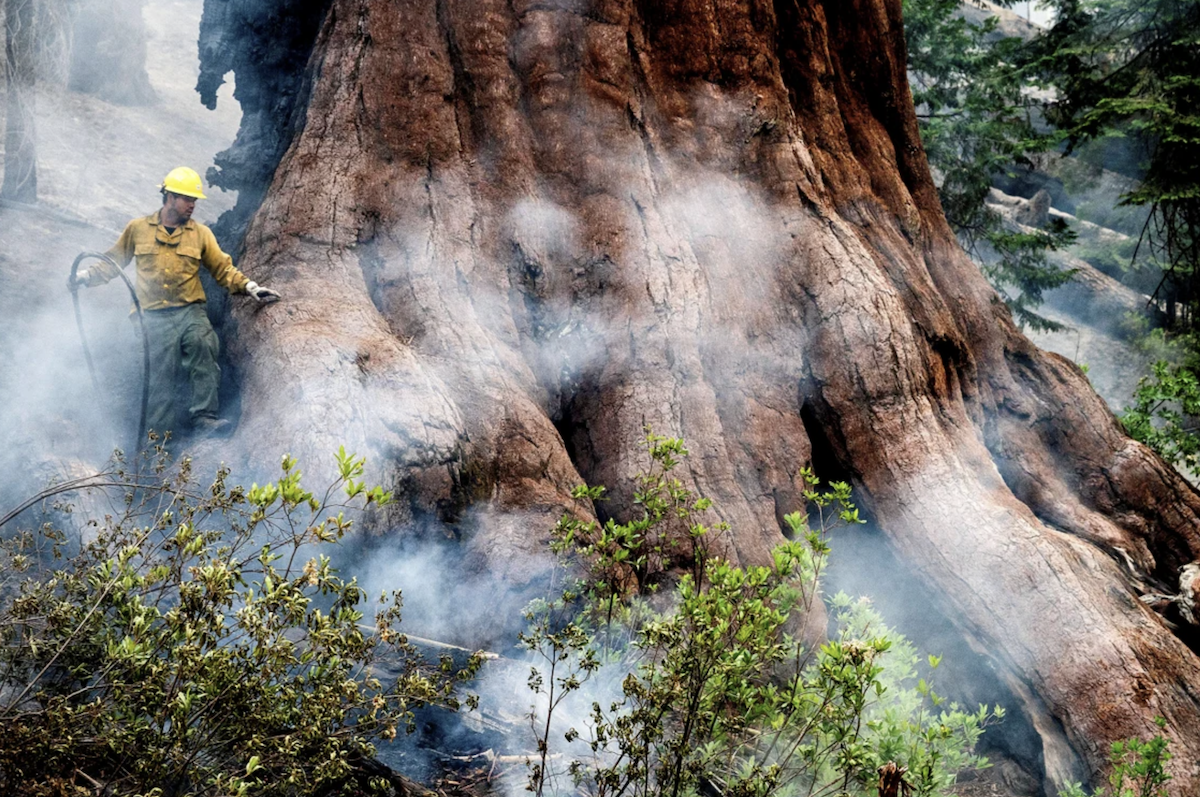
Unique Coalition Unites to Restore California's Giant Sequoias
Giant Sequoia Land Coalition Brings Together Government Agencies, Tribes and Environmental Groups To Save Iconic Trees
California has lost nearly a fifth of its population of giant sequoias to wildfires over the past few years, according to a 2021 report.
Over the past year, however, the Giant Sequoia Lands Coalition has treated more than 15,000 acres of forest land in and around the groves. By sharing their knowledge and working to better treat forest areas where groves of giant sequoias can be found, the group is working to make these titans more resilient to future massive wildfires.
